Climate change is a major topic in many parts of the world and in November the UK will be hosting COP 26, the 26th UN conference on the subject of climate change. The conference lasts two weeks and will be held in Glasgow. It will be attended by all countries that signed up to the United Nations Framework Convention on Climate Change (UNFCCC) in 1994. The overriding objective is to discuss and agree ways of preventing the global climate exceeding a 2OC rise in average global temperatures, based on pre-industrial levels.
Fundamentally, this is believed to be achieved by eliminating or compensating (offsetting) manmade CO2 emissions together with other associated gasses (e.g., methane CH4). In essence this means abandoning fossil fuels and finding alternative ways of providing power to our machines and systems. To date the global effort has been, at best, mediocre but recent events including extreme temperatures in the northwest of the American continent, and flooding in central Europe, China and other locations has emphasised the need for swifter action.
As part of the UK plan to reduce carbon emissions the UK government recently published its plans to decarbonise transport. The details were published in a 220-page paper by the Department for Transport entitled ‘Decarbonising Transport, A Better, Greener Britain’.
In the UK, the primary reduction in carbon emissions has been achieved by the electricity supply industry. Whereas coal dominated up to and beyond 1970, it now produces a tiny percentage of the UK’s electricity. This has had a major impact on the railway because coal, especially for electricity generation, was a staple source of income for the rail freight industry and is now almost non-existent. But does that mean rail freight is doomed? The answer is almost certainly no, but that’s not to say there are no pitfalls ahead.
Transport is now the largest emitter of CO2 in the UK at around 97 Metric tons of carbon dioxide equivalent (MtCO2e) compared with Energy at 79 and Residential at 68, estimated over the 2020 year, according to the UK Office for National Statistics (ONS) ‘Provisional UK greenhouse gas emissions national statistics 2020’. Domestic transport is responsible for 27% of all UK carbon emissions. This excludes international aviation and shipping. Rail gives the lowest energy consumption per movement of all land-based transport and thus, given the right framework, should have a bright future. But to what extent does this inform the plan to decarbonise transport?

The paper is a mixed read for people involved with rail. In the introduction the Minister for Transport, Grant Shapps (right) emphasises the ambitious road programme before outlining how the Government has introduced, or is consulting on, target dates for the elimination of new fossil fuelled vehicles, from two wheels to HGVs. He continues by advocating personal transport such as walking and cycling, before mentioning railways.
For railways he highlights the creation of Great British Railways (GBR), the proposed overarching organisation planned to coordinate mainline railway activities in the UK. The almost use of the past tense in which this is presented is interesting as the plans for the structure and staffing of GBR are just developing; this theme continues in the body of the document. Shapps goes on to comment that motoring costs have fallen 15% over the past 20 years while rail fares have increased by 20% and bus fares by 40%. He then declares this must change despite the fact this is due to historic Government policy. Finally, he acknowledges the link between transport and planning which often results in new housing; commercial or social development being challenging to access without a car or other road vehicle.
The rest of the document gives more detail about all transport modes from walking to flying and shipping. A flavour of it is given in the following sections. The document is divided into a number of topic areas. The first group deals in turn with personal mobility, bus and coach travel, rail, road transport, aviation and finally shipping. The second group covers what is necessary as we move to a multi-modal transport hierarchy. My plan is to focus on the rail issue but clearly it will be necessary to reference elements of the other modes in this article.
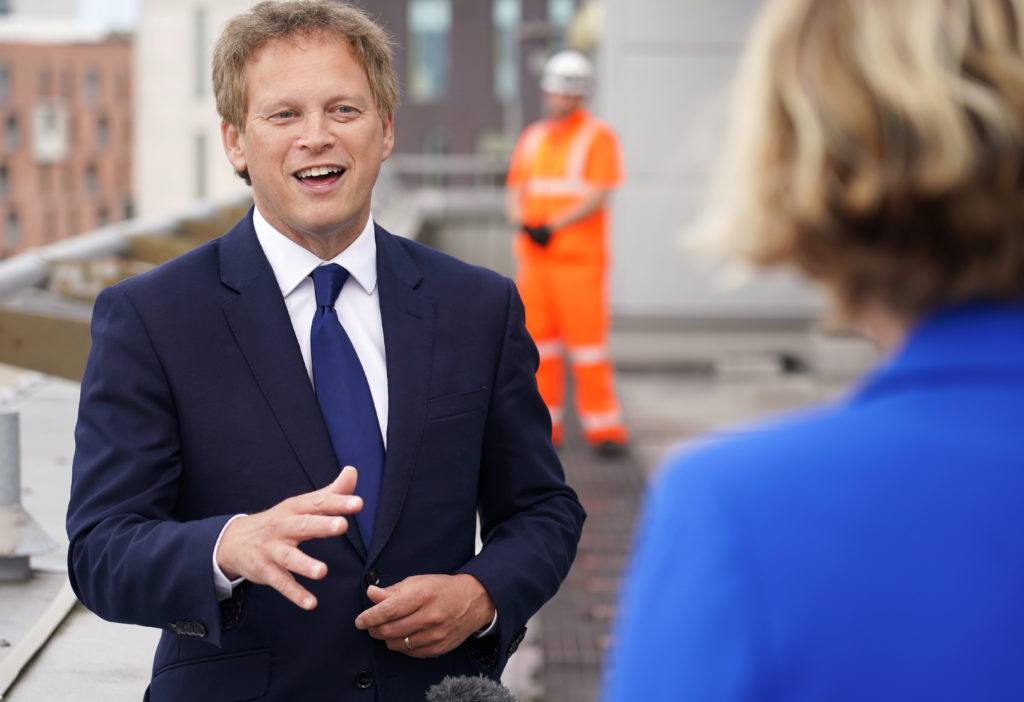
Introduction
In the introduction, the report comments that transport’s Green House Gas (GHG) emissions have been broadly flat over the last 30 years. Any improvements in engine efficiency have been compensated for by greater mileage or bigger vehicles. The document uses a figure (rounded) of 122MtCO2e as the total GHG output for transport in the UK of which road transport accounts for 107, bus and coach for a further 3.1 and rail 1.7, incidentally similar to domestic air. (Note: these numbers are greater than those taken from the ONS, quoted earlier). This sets a framework.
The introduction then explains a focus on the actual movement of people and goods, so stations, airports and similar facilities are not part of the metrics used. Similarly, embedded carbon, that is the carbon dioxide emitted during construction and maintenance of the facilities, is not part of this discussion but is covered by other Government departmental plans. Finally, the introduction includes a commentary on the impact of Covid 19. Here it is noticeable that, as of September, all road modes are back to pre-Covid traffic levels. Road freight traffic is 110%, whereas bus and rail are respectively 74% and 60%.
The strap line for the rest of the document is “Clean transport is better transport” and is emphasised in terms of pollution and noise, both of which are claimed to be improved by a switch from fossil fuel. Interestingly there is discussion on the reduction of moving parts in a “clean” vehicle which is anticipated to reduce maintenance cost and be “transformative” for commercial fleets, buses and taxis. No mention of rail. There is a recognition that simply introducing “clean” vehicles will not completely solve the problem: modal change will also be necessary. Toward the end of the introduction there is discussion of international aviation and shipping, and comment that carbon budgets will be set for these areas but not until 2033. Interestingly, in this part there is comment that positive emissions will need to be offset by negative emissions elsewhere in the economy, however there is no discussion of carbon capture, reforestation, and other similar “negative” carbon options.
Six themes are proposed to facilitate delivery of zero carbon transport:
- Accelerating modal shift to public and active (i.e., walking and cycling) transport.
- Decarbonise road transport including HGVs (subject to consultation confirming practicability).
- Decarbonise freight delivery (road and air will be encouraged to more sustainable modes).
- UK will be a hub for green transport innovation.
- Place based planning and action to reduce carbon emissions.
- Reduce the global transport emissions by action on international flight and shipping.
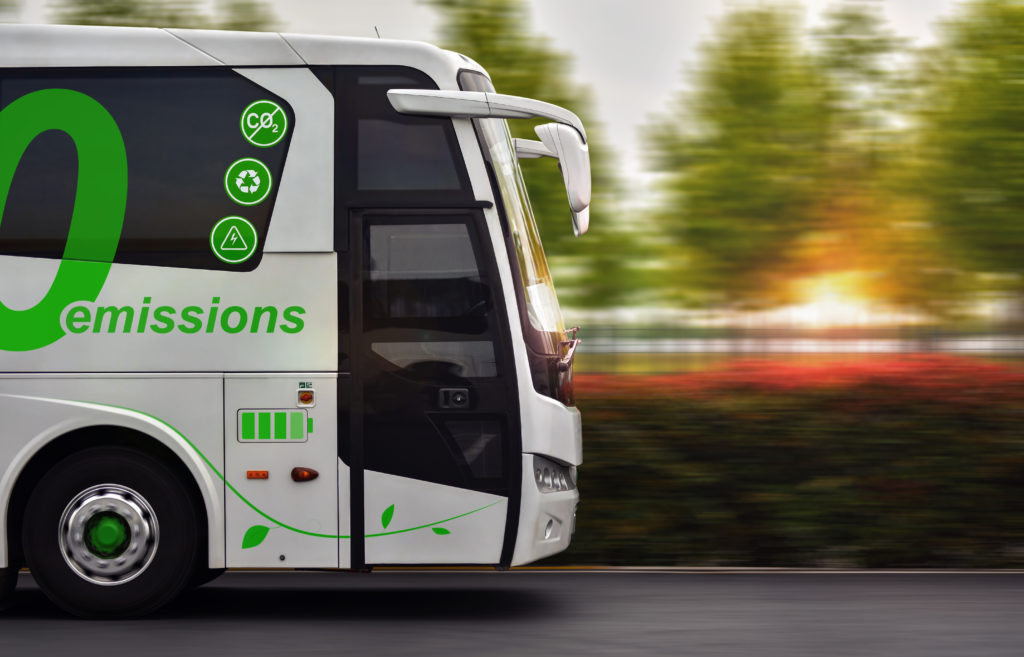
Of these, option three mentions rail as part of the freight delivery model where a shift to rail and domestic maritime is anticipated, with last mile deliveries apparently more likely in green modes. Disappointingly, the same section says “short sections of electrification” will result in more electric freight trains and then says all rail freight will be green by 2050. Is that a hidden message suggesting substantial electrification will wait?
Cycling and walking
The aim here is to have 50% of all in-town journeys completed by foot or cycle by 2030 and a desire to have a “world class” network suited to those forms of movement by 2040. It is noted that it may not be appropriate for the whole journey to be completed by these modes so cycle and walking routes should include access to stations and bus routes. Apparently 58% of all car journeys are less than 5 miles and 43% of all urban journeys are less than 2 miles; clearly, rail is not competing in these markets. The short-term targets for these modes are to double the number of trips taken wholly or partially by bike by 2025; to encourage every person to execute 300 journeys per year by walking, some or a significant part of the way; and, finally, to increase the number of children walking to school from 49% to 55%. These aspirations are supported by a £2 billion package of new funding over five years.
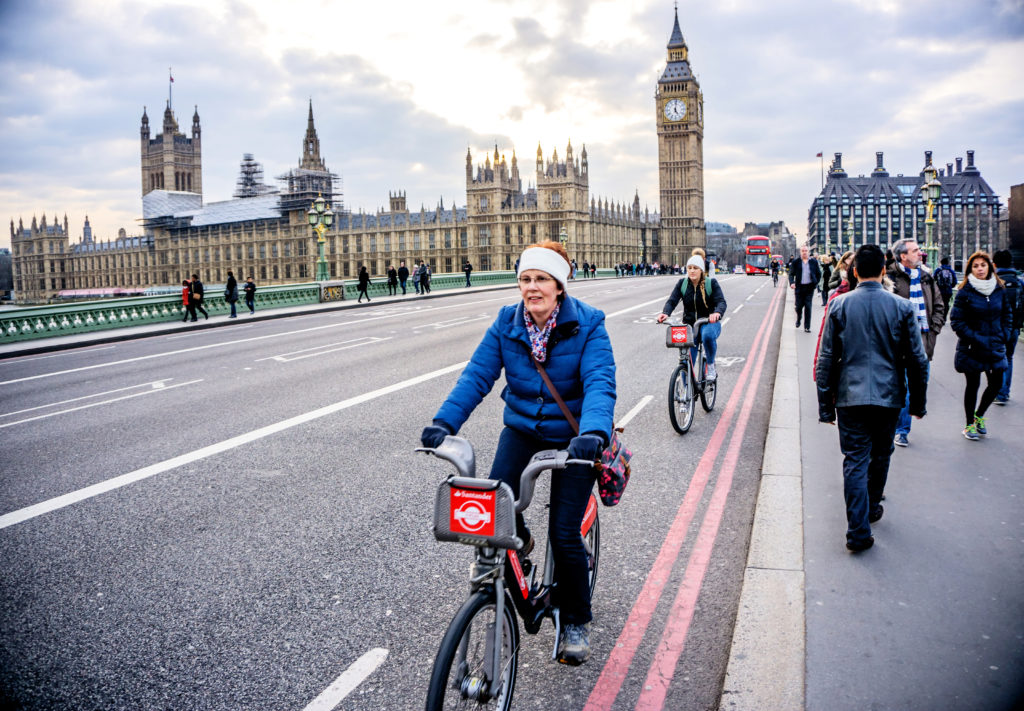
Zero-emission buses and coaches
This gives a summary of the National Bus Strategy issued in March 2021 with the aim of making bus travel more frequent, reliable, convenient, affordable and better integrated with other modes. There is also reference to £120 million of investment to deliver 4,000 zero-emission buses in the current fiscal year (i.e., 2021/2022). In addition, there is a pilot project in Coventry to replace all local buses with electric vehicles and to make provision of the necessary charging infrastructure.
For long-distance coaches, the commitment is to consult on a phase out date.
Rail
My initial reading is disappointing as far as rail is concerned. The opening presentation says “Great British Railways will deliver a programme of further electrification, together with the use of battery and hydrogen trains to enable a zero carbon railway.” The concept of Great British Railways was only announced a few months ago. As a functional organisation, it does not yet exist, so it is going to be some time before an electrification programme can get underway if this mantra is adhered to. A little later, the document states further electrification schemes will be announced “shortly”, but we all know that in government circles “shortly” can be a substantial interval. Elsewhere it endorses the need for high-speed rail and additional capacity on the conventional network to make space for modal shift. However, the additional capacity is largely obtained by HS2 removing traffic from the existing trunk routes, although there is mention of upgrading the Southampton to Midlands route as an example. Later, the Network Rail Traction Decarbonisation Network Strategy (TDNS) is referenced as a guide to the future programme of electrification.
There is brief mention of some “Innovation” projects such as the Hydroflex train, a project to trial a hydrogen-powered train on the UK mainline by modifying an existing multiple unit train and the government funding this has attracted (£750,000).
Toward the end of the section on rail there is a pledge to encourage a shift to rail by offering flexible fares to improve choice and give simple options to reduce fares on quiet services. For more local services, contactless ticketing will be increasingly common. My concern would be that none of this addresses the previously stated disparity of fare increases compared to falling motoring costs, so is there really going to be modal shift?
The final section about rail deals with freight. There is a commitment to have a rail freight growth target, but the only funding discussed is a continuation of the existing provisions for strategic rail freight interchanges and the modal shift grants. There is further mention of “quick infill” electrification schemes to increase the volume of freight hauled by electric traction, but no detail.
Overall, some good words and appropriate aspirations but no sign of any meaningful funding to get the plan started.
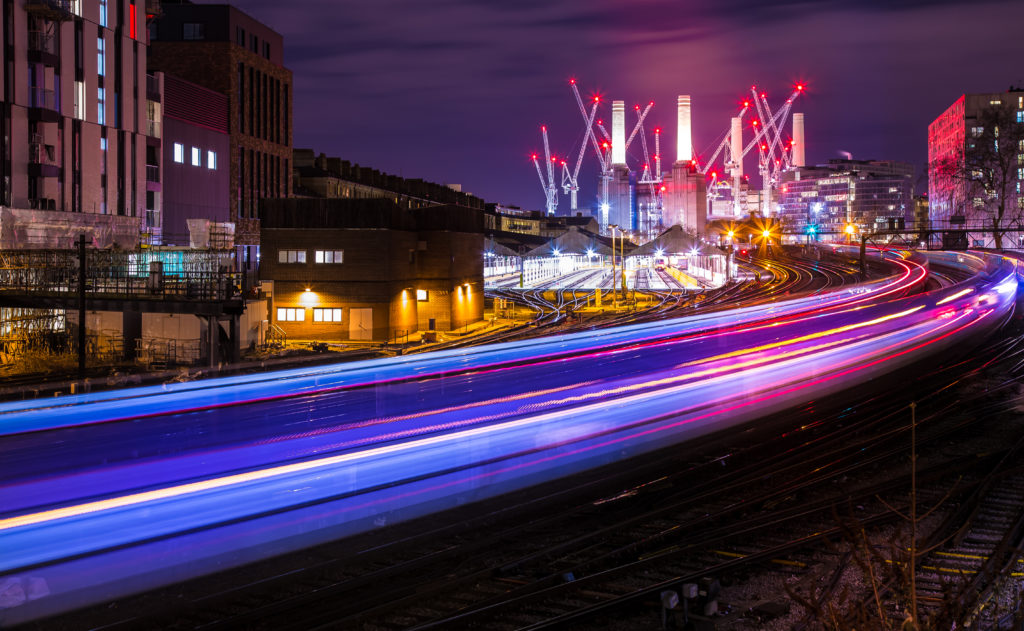
Road
Cars and light delivery vehicles (vans) contribute almost 20% of emissions in the UK. There is already a requirement that petrol and diesel-powered vehicles cannot be sold in the UK after 2030 and, by 2035, only vehicles with zero emissions at the tailpipe can be sold. Following on from existing government commitments, a further £2.8 billion package of measures is planned to support the development of battery factories, the roll out of charging points, and other measures to support the industry in transition. In the short-term, action is planned to increase the ethanol content of petrol.
A box in this section discusses the need to upgrade the electricity supply to facilitate charging of electric vehicles by about 20%. Interestingly, the current consultation anticipates all electricity users paying for this upgrade and the associated re-enforcement of the distribution network, rather than focusing the costs on electric vehicle users.
In addition to cars and vans, the intention is to have zero-emission, two-wheel vehicles (motor cycles etc.,) by 2035, with a similar date for heavy goods vehicles (HGV) up to 26 tonnes and a target of 2040 for all HGVs subject to consultation. There is also passing comment on an increase on gross vehicle weight to compensate for the increased weight of batteries or hydrogen storage on such vehicles.
The section on roads, then, mentions the significance of good traffic management and its positive effect on reducing emissions. In this context it proposes a current year investment of £15 million to catch up on a backlog of traffic light maintenance and enhancement to support better traffic flow.
In closing the section on roads there is a segment on the national networks. After various justifiable reasons for continued investment in the roads network, a small statement could end up being one of the most significant in the entire document: “we will need to ensure the tax system encourages the take up of EVs and that revenue from motoring taxes keeps up with this change.” A hint of a new means being required to raise motoring revenue, but no more detail.
Maritime and air
The sections on maritime and air transport focus on different fuel options with ships being focussed on ammonia or hydrogen and possibly battery power. There is a £20 million fund competitively available to support research and development ideas: the “Clean Maritime Demonstrator Competition.” There is also consultation on requiring vessels in port to be linked to a shore supply rather than on-board generation using fossil fuel.
The UK Climate Change Committee anticipates that, by 2050, air transport will be the second largest CO2 emitter in the UK unless significant action is taken. This is accepted as a major challenge since no other fuels have the energy density of oil (kerosene). The primary short-term solution is the development of Sustainable Aviation Fuels (SAF). SAF is essentially a kerosene equivalent created from biofuels and waste. There is a plan to consult on domestic air travel reaching net zero by 2040.
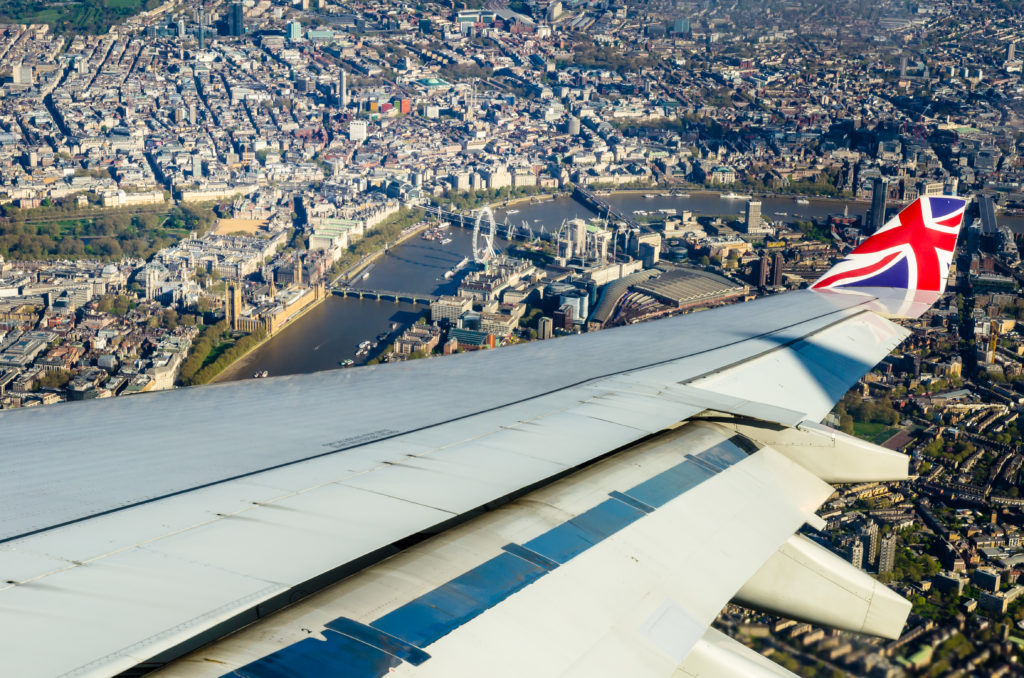
Conclusions
Overall, this is a brave attempt at establishing some plans to reduce or even eliminate GHG emissions from transport. It is particularly gratifying in its recognition of the need to provoke a significant element of modal shift especially to active travel (walking and cycling) and the use of public transport. It is also good that it recognises the importance of town and country planning in fostering the ability to use such modes of transport. It is also helpful in suggesting the need for modal shift in freight transport especially from road and air to rail and waterway.
However, it fails to address two fundamental challenges: firstly, the challenge of modal shift unless the relative costs and benefits can be brought to better balance; second, in the planning sense, the challenge of dealing with past planning decisions which will remain for many decades to come. The lack of detail in the section on Rail is of concern as is the lack of significant commitments to deliver projects that would either decarbonise the mode or provide the necessary capacity uplift should modal transfer be achieved.
Author: David Fenner

